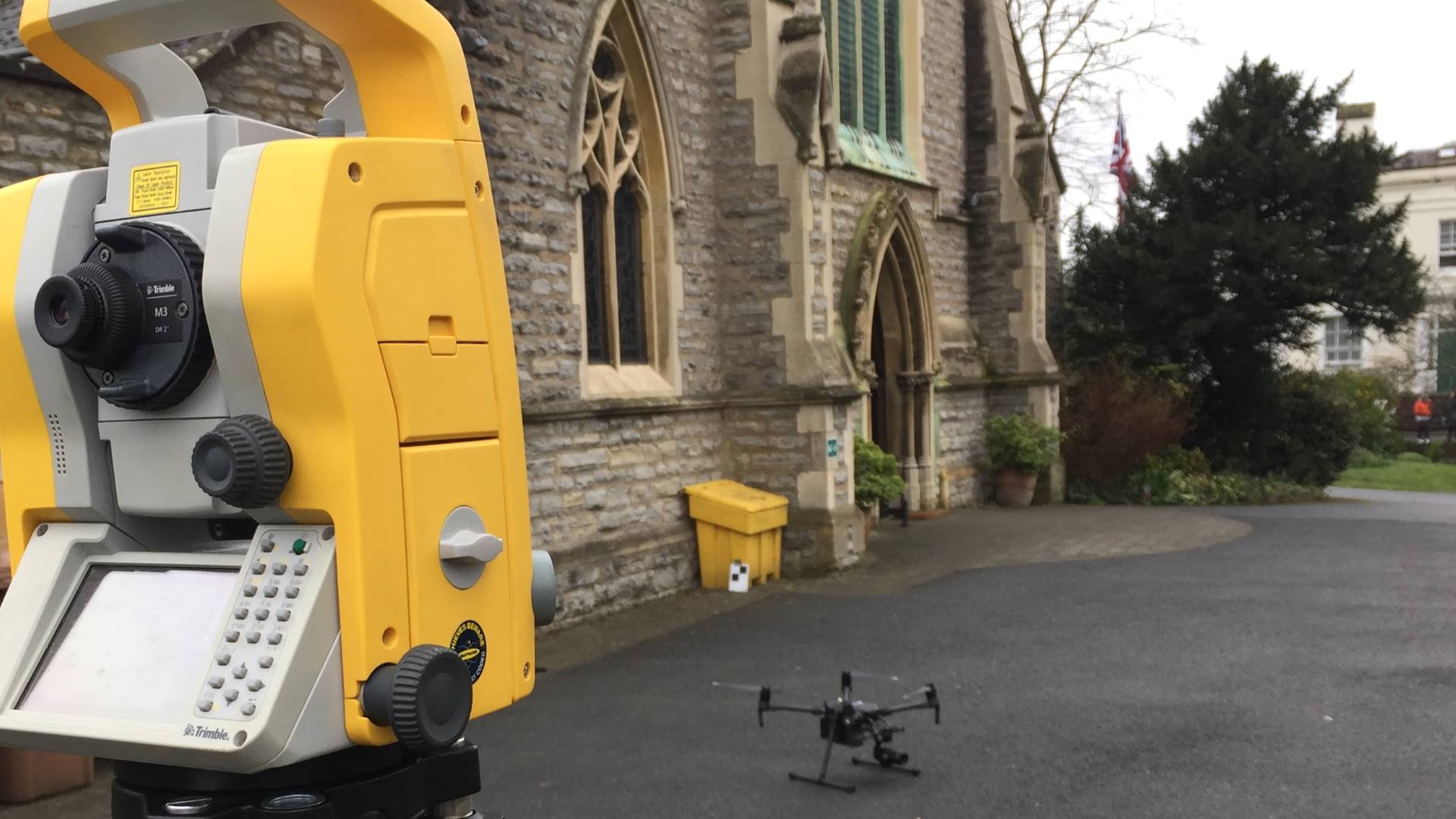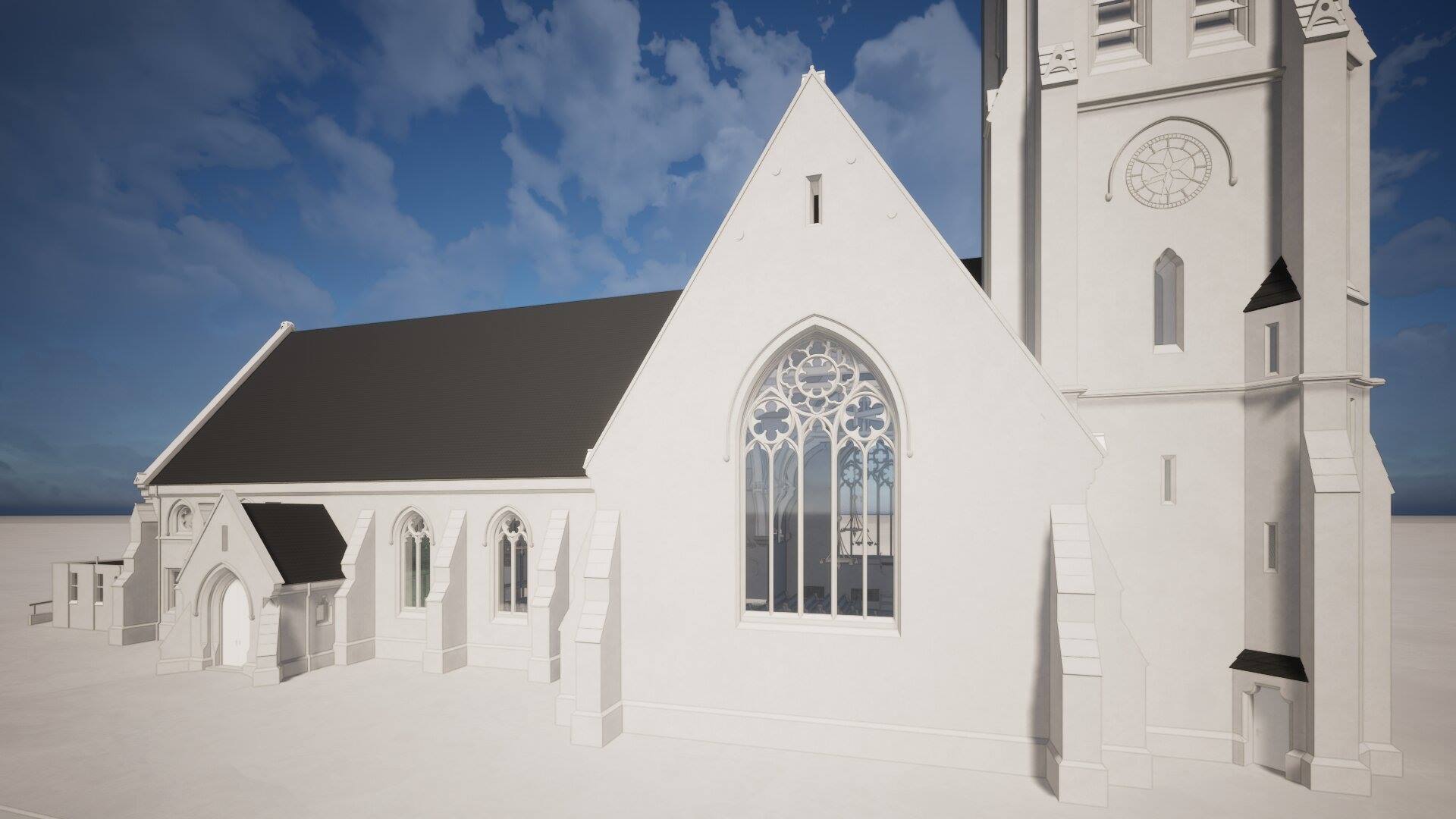Heritage Surveys for Adaptive Reuse
In recent years, the UK has seen the transformation of austere buildings into bright activity venues like climbing centres. Built in the fifteenth century, St Werburgh's Church in Bristol is a case in point, housing one of the UK's first indoor climbing centres. On the surface, it seems like a perfect marriage. The tall, narrow statures of churches are perfect for an activity that takes place vertically. However, the process of the building's transformation is complex, involving thorough consultation with various specialists.

The repurposing of historic buildings into modern venues is a form of preservation called adaptive reuse. This approach prevents historic architecture from falling into disrepair by giving it a different purpose, as well as providing a sustainable alternative to new construction. At Bury Associates, we have a strong background in surveys of heritage buildings destined for redesign.
Even modern buildings meant for one purpose may be adapted for reuse. In a recent example, Selfridges in Birmingham announced their plan to add a climbing wall to the building as part of their Sportopia campaign. This has made waves in the news due to the novelty of climbing a building not specifically designed for that purpose.

The Role of Heritage Surveys in Adaptive Reuse
Due to their delicate structures, great care must be taken when developing historic buildings. Commissioning a measured survey ensures that architects, engineers, and conservationists can collaborate in a shared digital environment that displays the exact dimensions of the structure. Consequently, plans for the preservation project can mitigate the risk of accidental damage, predict extra costs and delays, as well as respect the historical character and aesthetic appeal of the building.
In the context of transforming churches into climbing centres, measured building surveys are important for their ability to allow engineers to make structural assessments. The buildings must be examined for their capacity to sustain the strain caused by climbing apparatus.

How Have Bury Associates Partaken in Adaptive Reuse?
Bury Associates surveyed St Martin's Church, a Grade II* listed building in Brighton proposed for redevelopment. The church was announced as the subject of a competition that encouraged entrants to put forward 'practical, exciting, and commercially viable' ways of redeveloping the significant landmark. Teams including architects, engineers, and developers submitted concepts that 'ranged from leisure and the arts to business and community uses - the latter including vertical farming and sophisticated climbing walls', according to Peter Field, chair of the judging panel.
Whatever the purpose chosen, the redevelopment hopes to engage a wider segment of the community with the important building.
Conclusion
The conversion of churches into climbing centres is exemplary of the creative ways in which architects and designers rethink how we use historic buildings. Evidently, there is a path forward for these structures, key to British heritage, to remain in-keeping with modern life while retaining their special character. This way, we give the buildings new purpose while continuing to deliver their history to younger generations.
Sources
Steve Bury is the Managing Director of Bury Associates, a land and measured building survey company based in the UK. With over 40 years of experience in surveying, Steve Bury established Bury Associates in 1997 to combine the provision of high quality digital surveys with exceptional customer service. Steve has also designed software applications for measuring buildings to automatically create survey drawings.
